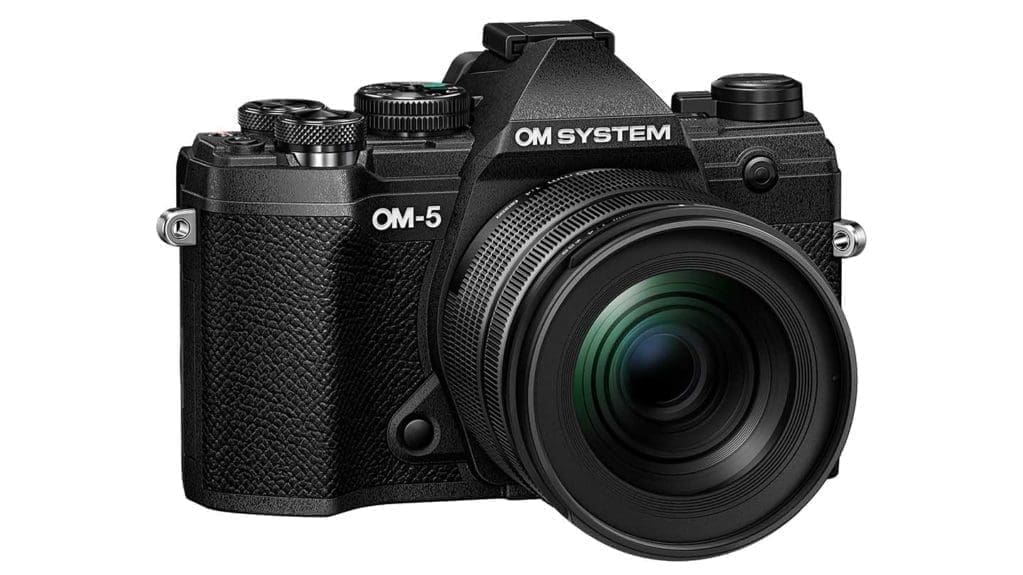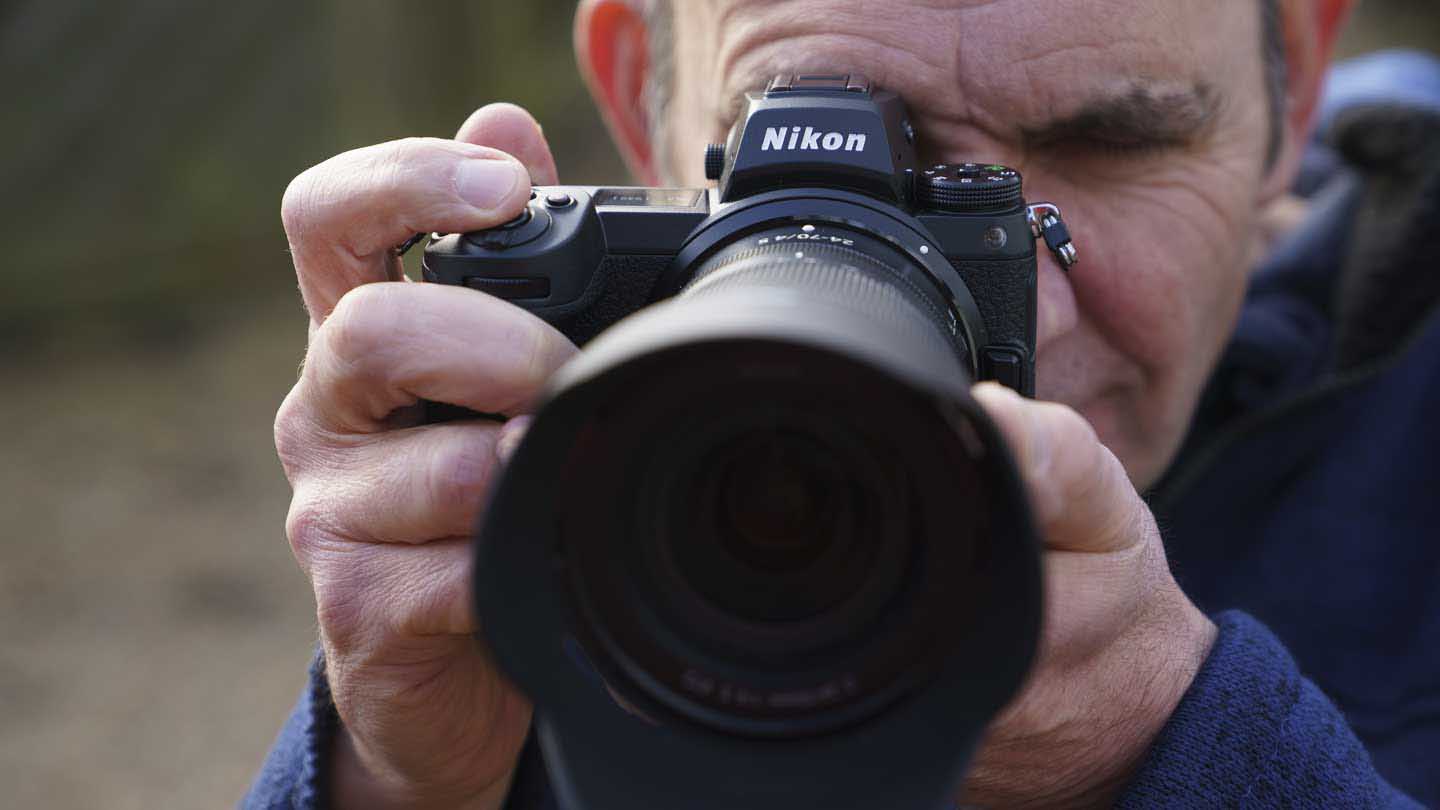[ad_1]
As photographers become more experienced, they often upgrade their camera or lenses. This isn’t just a case of buying the most recent camera in the line they started out with, they make a step up and invest in more sophisticated kit to enable them to take better photos in a range of situations, or to make capturing images easier in certain conditions. In this post we’ll take a look at the best camera upgrades that photographers make and explain their significance.
Increase in sensor size
The sensor is usually the most expensive component in a camera, which means that, all other things being equal, cameras with larger sensors tend to be more expensive than those with smaller sensors. Consequently, many people start out with a small sensor camera and at some point they upgrade to a camera with a larger sensor.
One of the main benefits of a larger sensor is that, provided the pixel count is about the same, the pixels on the sensor are larger. This means that each pixel captures more light and as a result, they each generate a stronger image signal that requires less gain to be applied. The upshot of that is that the camera produces cleaner (less noisy) images at the mid-to-high sensitivity (ISO) settings.
Cameras with a larger sensor also usually have more dynamic range, which means they can capture a greater number of tones in a singe image and the highlights are less likely to burn out early while the shadows retain more detail. Wider dynamic range also gives images more latitude for adjustment in post-capture editing.
Another popular reason for switching to a camera with a larger sensor is to be able to limit the depth of field more at any given aperture. This enables a subject to be isolated more noticeably from its surroundings.

Higher resolution
The pixel count race has slowed in recent years, but high-resolution cameras are still attractive to anyone who wants to capture lots of detail or make large prints. As a rule, the sensitivity (ISO) setting needs to be kept lower on a camera with a high pixel count, but in good light, they can produce spectacular images.
Variable aperture lenses upgraded to fixed aperture lenses
Entry-level zoom lenses usually have a variable maximum aperture, it helps to keep their size, weight and price down. The downside is that the exposure settings change when you zoom from one focal length to another. With the Canon EF-S 18-55mm f/3.5-5.6 IS STM, for instance, when you zoom from the 18mm point to the 55mm end, the maximum aperture that’s available reduces from f/3.5 to f5.6. That means that you have to reduce the shutter speed or increase the ISO setting to compensate. With a constant or fixed aperture lens, however, the maximum aperture setting is the same throughout the whole focal length range and there’s no need to change the exposure settings when zooming the lens.

Increase in maximum aperture size
Photographers also often upgrade their lenses to optics with a bigger maximum aperture. They might upgrade their standard variable aperture zoom to a 24-70mm f/4 lens, for example, or go from a 24-70mm f/4 to a 24-70mm f/2.8, or an 85mm f/1.8 lens to an 85mm f/1.4.
A key advantage of moving up to a lens with a large maximum aperture is that you can use fast shutter speeds without pushing the ISO up. The wider aperture also means that you can blur the background in your images more than with a lens that has a smaller maximum aperture. That’s especially useful for portrait photography or anytime you want your subject to really standout from its environment.
Having a large maximum aperture is also advantageous for your camera’s focusing system as more light is able to reach the AF sensor in a DSLR or the imaging sensor of a mirrorless camera. More light makes it easier for the camera to focus.

Better autofocus system
More advanced cameras usually have more sophisticated and sensitive autofocusing systems. It can mean having more focusing points across the frame, so you’re less likely to need to focus and recompose, the camera is better at tracking a moving subject around the frame and it can focus in lower light.
In some cases you can customise the camera’s autofocus response to suit the subject and shooting conditions. It can take a little getting your head around, but it can result in a higher hit rate as well.
We’ve also seen an increasing number of cameras with subject detection technology that track animals, birds and vehicles as well as humans. It’s amazingly useful!

More robust camera
High-end cameras tend to be more durable than entry-level models, so they can withstand heavier use and will cope better with large, heavy lenses being mounted on them. They are also usually weather-sealed, which means you don’t need to stop shooting if it starts to rain. However, you need to ensure that your lenses are weather-sealed to keep your kit safe and bear in mind that weather-sealed is not the same as waterproof.

Downsizing
Although large-sensor cameras are often regarded as ‘better’, there are plenty of photographers who prefer to use a camera with a smaller sensor because of the more compact size and easier portability. And it’s not just the cameras that decrease in size with a smaller sensor, the lenses can also be significantly smaller and less expensive, making the weight of a whole kit much more bearable and affordable. It can open up a whole new rage of photographic opportunities.
Specialising
Another reason that some photographers upgrade their camera is to access specific features such as the ability to shoot multiple exposures, focus stack or to shoot at a faster rate. It’s a particular popular with photographers who have started out as generalists, shooting a bit of everything, and who then develop an interest in a certain genre of photography.

About MPB
Founded by Matt Barker in 2011, MPB is the world’s largest platform for used photography and videography kit. MPB has transformed the way people buy, sell and trade equipment, making photography more accessible, affordable and sustainable.
Headquartered in the creative communities of Brighton, Brooklyn and Berlin, the MPB team includes trained camera experts and seasoned photographers and videographers who bring their passion to work every day to deliver outstanding service. Every piece of kit is inspected carefully by product specialists and comes with a six-month warranty to give customers peace of mind that buying used doesn’t mean sacrificing reliability.
[ad_2]
